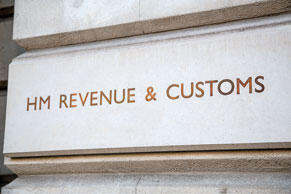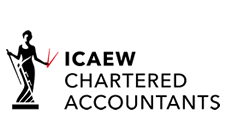Paying tax without a reference number
HMRC’s administration is suffering significant backlogs, including the issuing of new unique taxpayer reference (UTR) numbers. As the payment deadline for 2021 is fast approaching, how can a payment be made if the UTR hasn’t been issued?

The pandemic meant that many of HMRC’s staff were reallocated, which has had a knock-on effect on various departments. One area that has been affected is the processing of the SA1 form, meaning that many taxpayers are struggling to obtain a unique taxpayer reference (UTR) number, which is required to submit the tax return and to make the payment of tax. The UTR is used as the reference for the payment of the tax liability, and is used by HMRC to match the payment to the correct taxpayer.
However, it seems inevitable that some taxpayers will not receive their UTR by 31 January 2022. If that includes you, to avoid any problems you should generate a payslip online using your NI number instead of a UTR. You will then need to send this by post with a cheque payment. The cheque should also have the NI number on the reverse. This will allow HMRC to match the payment to the account and negate any possible late payment penalty.
Related Topics
-
Planning ahead for pension salary sacrifice changes
From 6 April 2029, both employers and employees will be required to pay Class 1 NI on pension contributions in excess of £2,000 made through a salary sacrifice arrangement. What can you do about it?
-
Marginal relief - responding to an HMRC nudge letter
HMRC is running a campaign to clamp down on incorrect claims for corporation tax marginal relief (MR). In what circumstances might you be challenged by HMRC and how should you respond?
-
Can you claim input tax on costs linked to electric cars?
Your business intends to go green and buy new electric cars. Can you claim input tax on the purchase of the vehicles and their subsequent fuel costs? Additionally, what recent change has been announced by HMRC?


 This website uses both its own and third-party cookies to analyze our services and navigation on our website in order to improve its contents (analytical purposes: measure visits and sources of web traffic). The legal basis is the consent of the user, except in the case of basic cookies, which are essential to navigate this website.
This website uses both its own and third-party cookies to analyze our services and navigation on our website in order to improve its contents (analytical purposes: measure visits and sources of web traffic). The legal basis is the consent of the user, except in the case of basic cookies, which are essential to navigate this website.